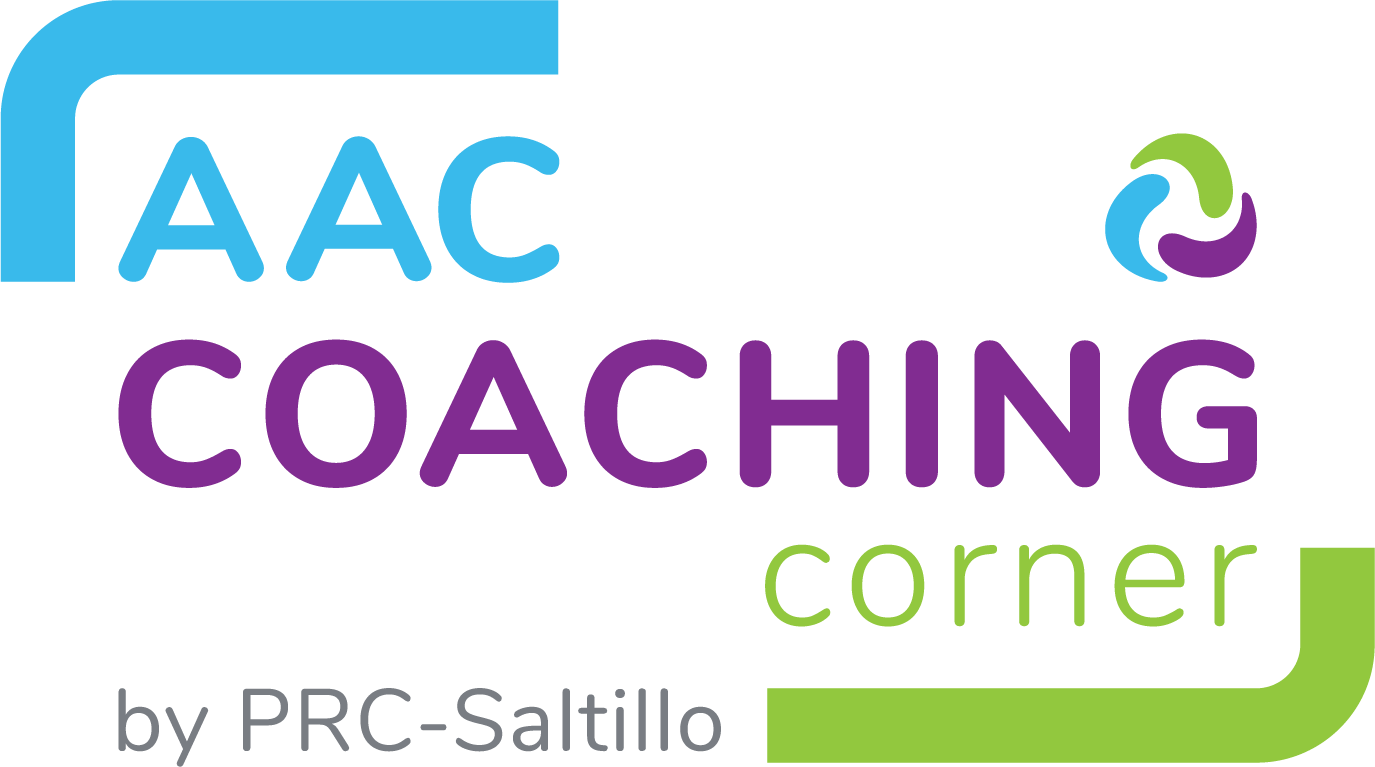PRC offers numerous opportunities for children and families to learn and grow with their AAC device.
First, it’s important for the team to
learn about the AAC device. We have multiple ways to do this, including in-person training, live online training, and online on-demand
training. From product training to implementation, there are plenty of opportunities to
learn both the nuts and bolts of the device as well as strategies for implementing it with your child.
Second, we offer resources to
teach the vocabulary in the device. Our
AAC Language Lab® offers games, puzzles, lesson plans and more for families, therapists and educators to challenge children and help them develop.
Finally, after the device has been used for a while it’s important to
analyze progress. PRC offers
Realize Language™, an online service that gives parents and professionals powerful ways to monitor, measure, and maximize a child's use of their AAC device. View data collected from the device presented in simple charts, graphs and images, and gain better insight into your child's communication development.

















